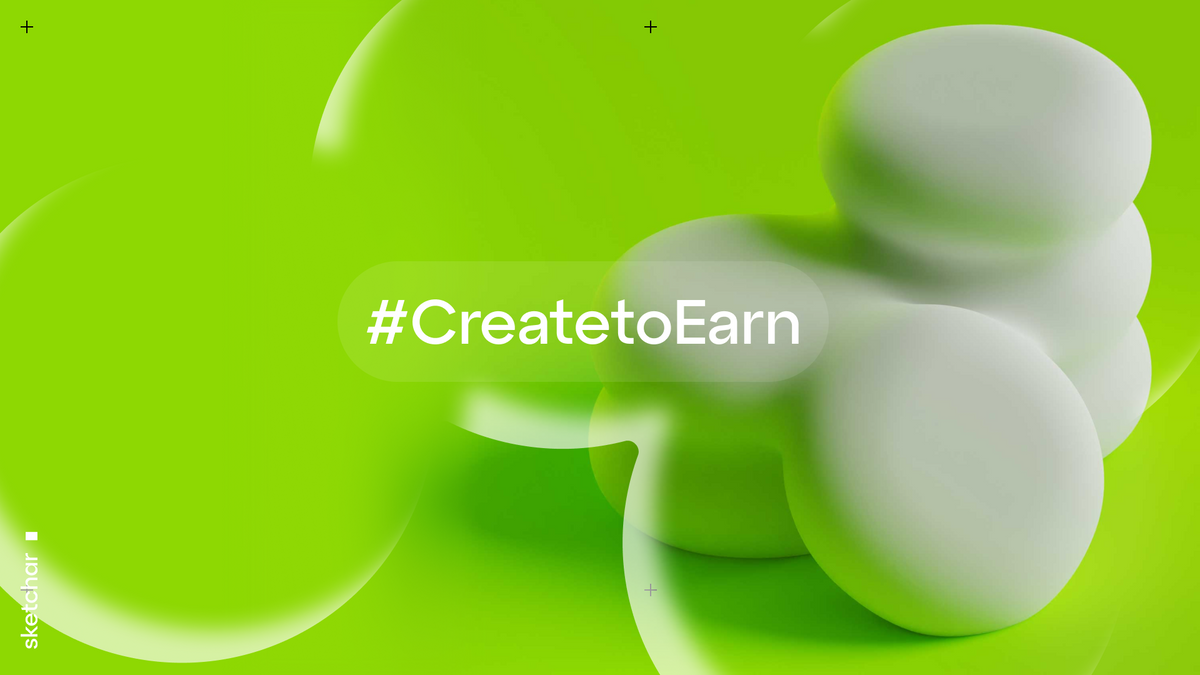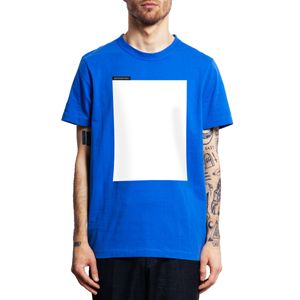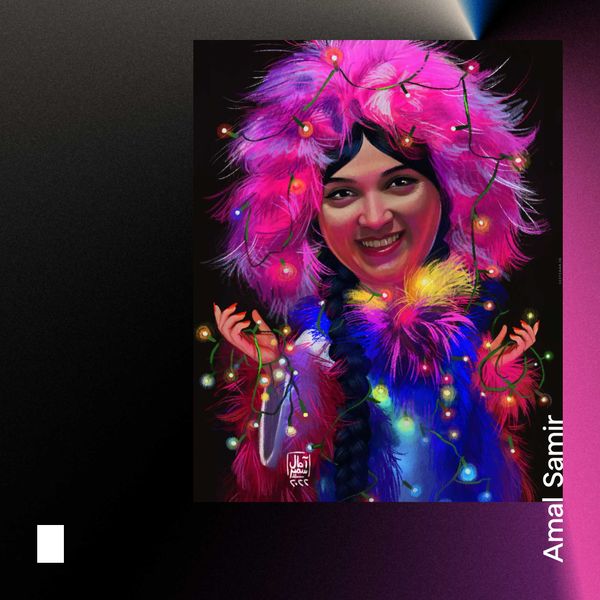Due to its unique setup, the creator economy is already enabling people to generate digital content that makes use of blockchain-based technology, which in the process can transform what the financial environment would look like for the creators involved. The essence is that creators build off their passions and the audience has more autonomy in choosing what they’d actually like to consume.
Thus, for instance, non-fungible tokens (NFTs) are strongly democratizing content creation right now. They give authors full freedom over their content and may be a recipe to obtain bigger earnings. With NFTs, creators don’t have to deal with intermediaries who have the opportunity to take control of their content rights, visibility, and profits. More than that, NFTs are making it possible for creators to endow digital assets with physical attributes such as scarcity, uniqueness, and proof of ownership.
NFTs attach the highest importance to ownership, the idea of which turns a particular item to be more valuable simply because it’s owned.
The mix of content, namely NFT minting, and decentralized finance (DeFi) forms the Create-to-Earn (C2E) paradigm, an innovative way to attract interesting members to an ecosystem with financial incentives and value creation. This model is empowering creative experiences in the blockchain and digital world by offering individuals a space to produce and own digital collectibles.
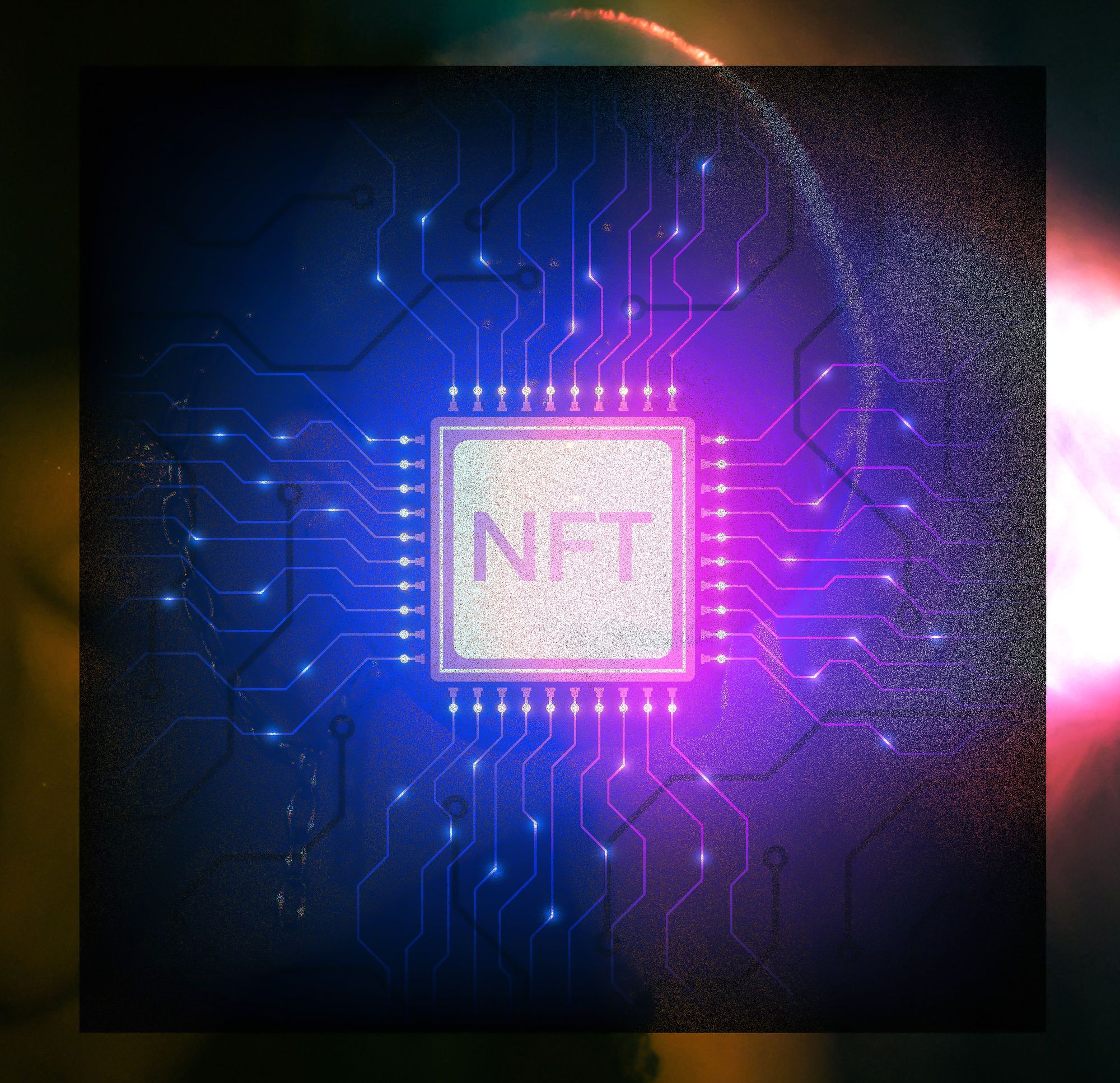
How the Create-to-Earn model works
The C2E concept emerged from the Play-to-Earn (P2E) business model. The bottom line is that it gives people a real shot to monetize their creative skills and make a profit by creating or uploading diverse art content on a digital platform and subsequently converting their works into NFTs. It follows that creators can produce valuable content, share it with their audience, and get rewarded based on the degree of engagement received. Rewards are dispersed by way of the platform’s native crypto tokens, equivalent to major cryptocurrencies. This model provides a level scene so that anyone with basic artistic skills can become a critical part of the community. In simple terms, artists are granted a set of tools and a playing field to enable the proactive monetization of their creativity.
Beyond that, on some platforms, one can find a staking feature that allows users “to stake crypto tokens on their favorite creators’ profiles.” This lets the creators and NFT owners to share the crypto earnings they receive from the staking pools. User’s compensation as a creator depends on how active they are on the platform and the number of users staking their tokens. Creators can create logic for buyers to influence the final entity. Stakers and creators also obtain governance rights to contribute to the protocols. Token holders can harness their governance right to vote and propose on the platform’s development. Hence, C2E offers creators and users an opportunistic model to generate yet another source of income.
So who would spend money on NFTs?
Purchase of NFTs is not limited to “super fans,” whose primary motivation for buying is to support the creator. NFTs give these collectors the opportunity to make money in the long run. If a fan of a yet unknown artist has paid a significant amount for an NFT from them, and when a few years later that artist would become famous and, accordingly, there would be an increased demand for goods related to them, then the buyer has a chance to sell that artist's NFT at a much higher price.
Digital art is the next evolution of art. A single screen on a wall can regularly switch between different art pieces at the predetermined direction of their owner. This art can be sent to anyone in the world with a few taps, it’s safe from damage, and its authenticity and origin are transparently available for anyone to verify.
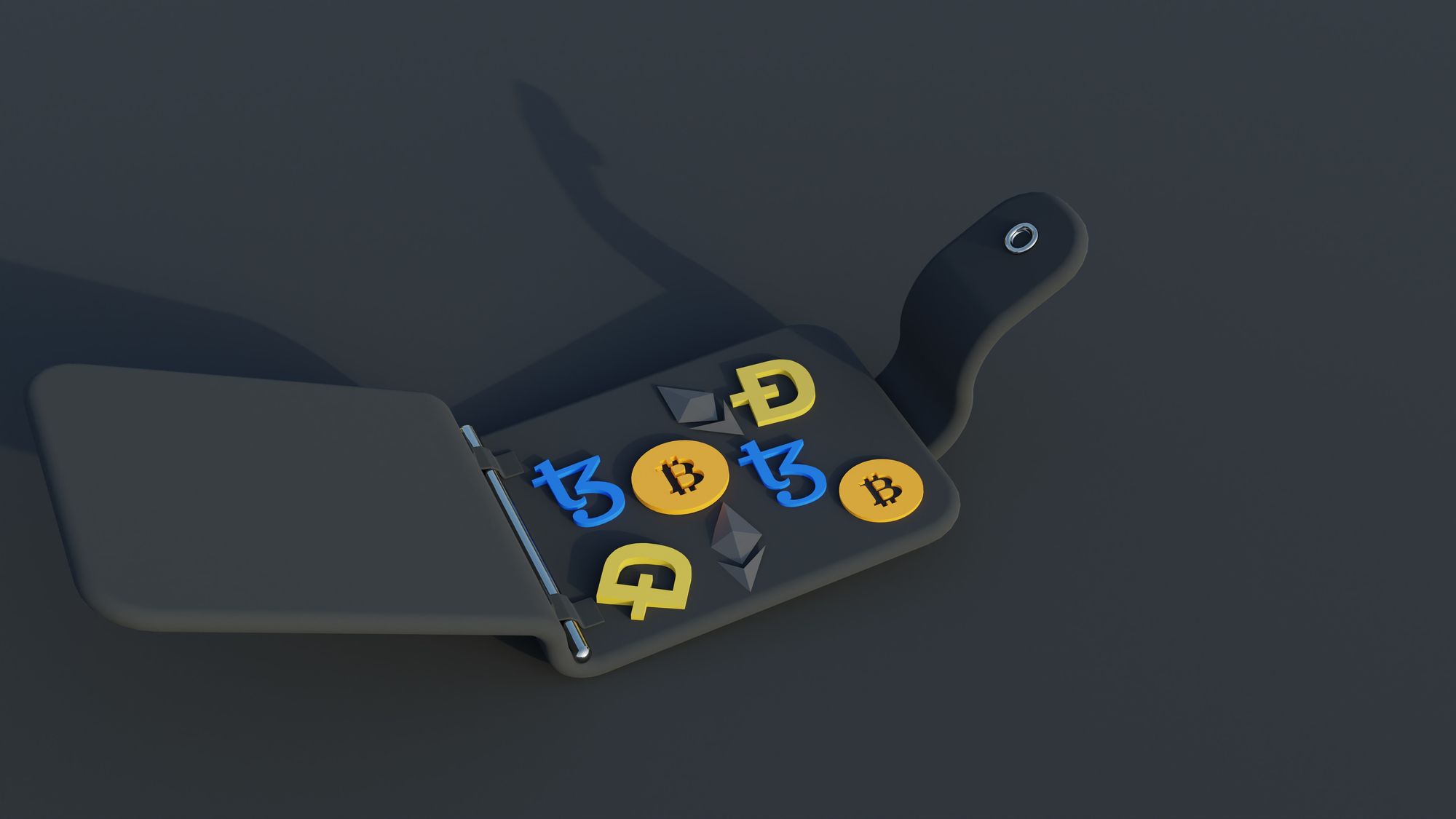
Sketchar fully appreciates how important a community is to a product’s success. By means of the blockchain, we’re paving the way for our creators to where they can not only create in peace, be experimental, and unleash their artistic freedom, but also truly have a say and the ability to influence the product. In doing so, they will benefit from new direct income flows, access to collectors, passive income from secondary NFT sales, and more.
Given the above, we conclude that the C2E model has all the right ingredients to radically transform the digital art landscape forever, and as such, it's already the bedrock of the Sketchar ecosystem.


